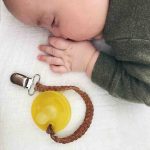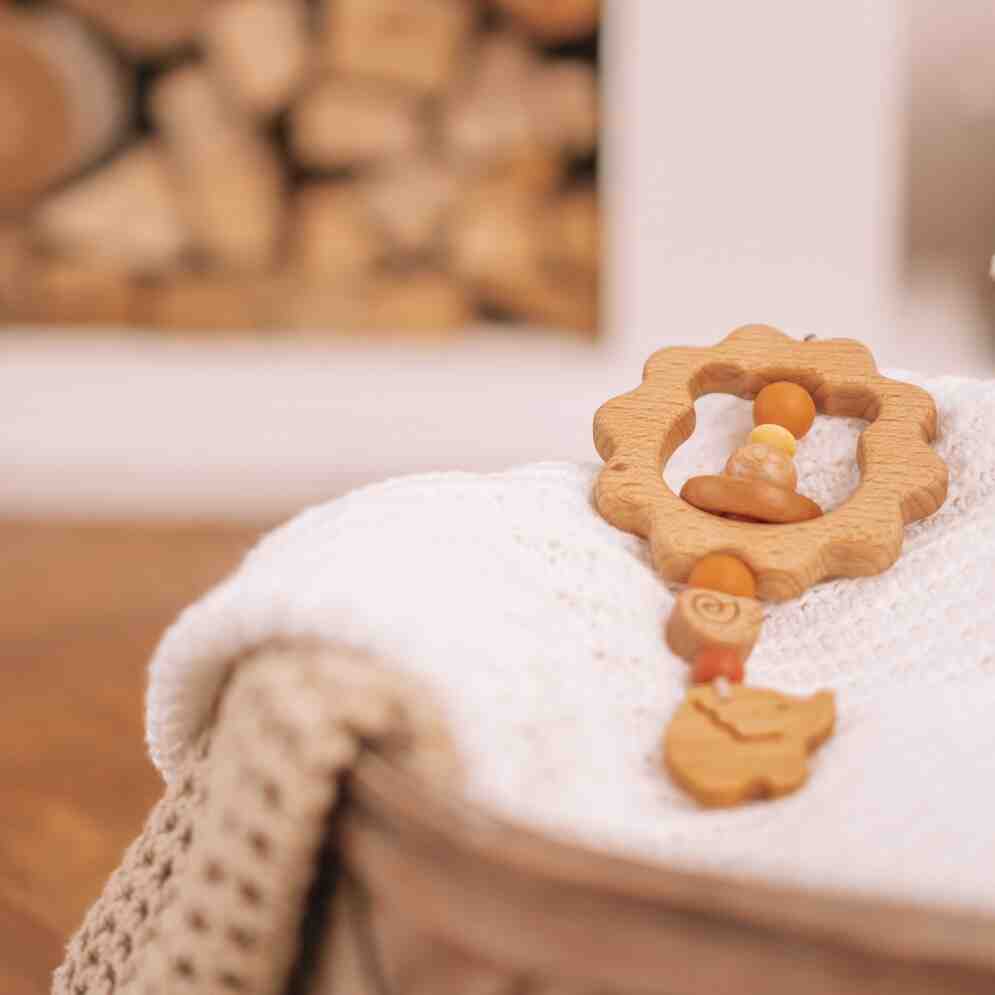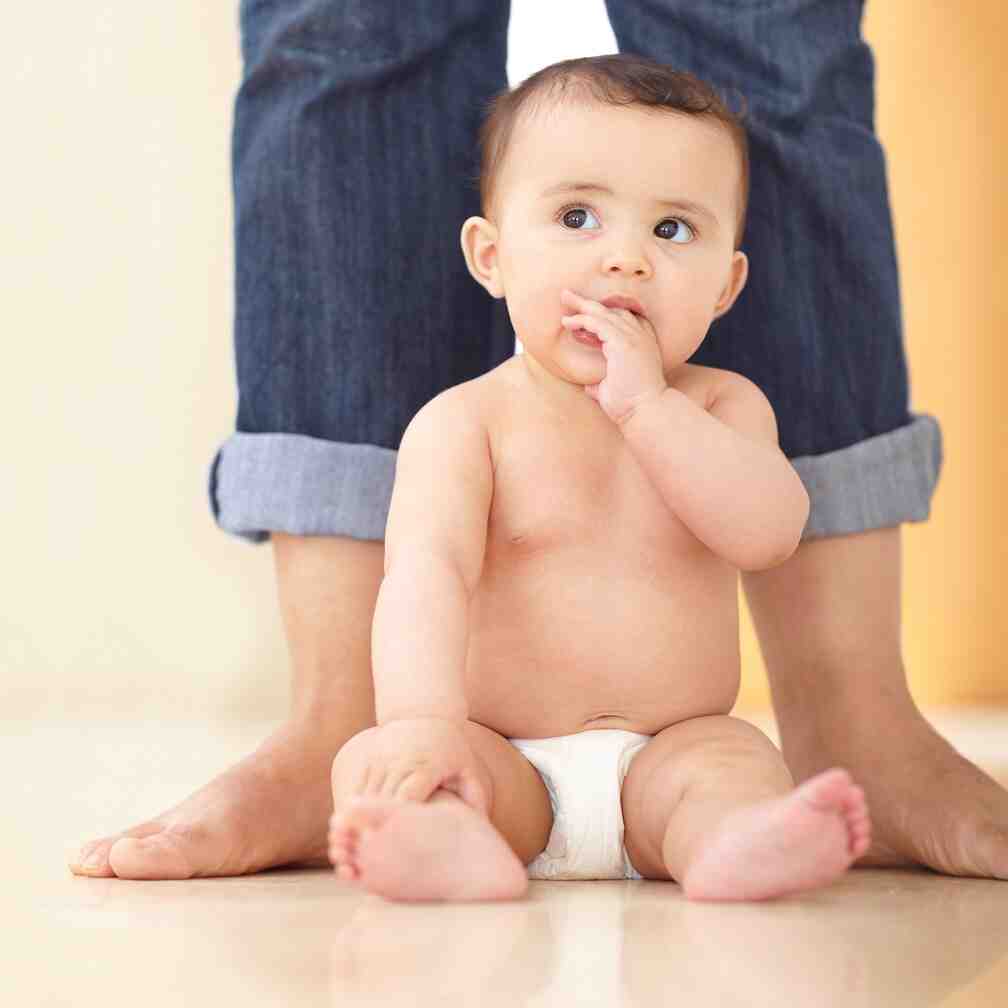Cleaning and Sterilizing Baby Teethers Properly
Teething toys are an essential part of every parent’s toolkit when it comes to soothing their baby through the discomfort of teething. However, it’s important to remember that keeping baby teethers clean and hygienic is just as important as using them to alleviate discomfort. Babies tend to put anything and everything into their mouths, and teething toys are no exception. Therefore, regular cleaning and sterilization are necessary to ensure that your baby is not exposed to harmful bacteria or germs.
In this article, we’ll go over the best practices for cleaning and sterilizing baby teethers, including the types of materials used in teethers, methods for keeping them safe, and tips to avoid any potential hazards.
Why Cleaning and Sterilizing Baby Teethers is Important
Baby teethers are exposed to saliva, dirt, and various germs as your baby chews on them. If not cleaned and sterilized properly, they can become breeding grounds for bacteria, mold, and other harmful pathogens that could lead to illnesses or infections. Babies have developing immune systems, making them especially vulnerable to infections, so proper cleaning is critical.
How Often Should You Clean Baby Teethers?
You should clean baby teethers every time they are used. This is especially important if the teething toy falls on the floor or if it’s been in contact with other surfaces or items. If your baby chews on the teether after a meal, it’s good practice to clean it afterward as well.
Sterilizing the teether is essential, particularly during the first few months when your baby’s immune system is still developing. Over time, as your baby grows and becomes more accustomed to different bacteria in the environment, the frequency of sterilization may decrease. However, regular cleaning should always be maintained.
How to Clean Baby Teethers
1. Washing with Soap and Water
The simplest and most effective way to clean a baby teether is by washing it with warm, soapy water. Here’s a step-by-step guide on how to do it:
- Step 1: Wash your hands before cleaning the teether to prevent transferring germs.
- Step 2: Fill a basin with warm water and add a small amount of baby-safe dish soap.
- Step 3: Use a soft sponge or cloth to scrub the teether. Pay attention to any crevices or nooks where dirt or saliva could accumulate.
- Step 4: Rinse the teether thoroughly with clean water to ensure that no soap residue is left behind.
- Step 5: Dry the teether completely with a clean towel.
2. Wiping Down with Baby Wipes
Baby wipes are an easy solution for quick cleanups, especially when you’re on the go. However, make sure the wipes you’re using are free from harsh chemicals and alcohol. Wipe the teether thoroughly with a gentle, unscented baby wipe to remove any surface dirt or bacteria.
This method doesn’t replace a full washing, but it’s convenient for wiping down a teether in between deeper cleanings. Always ensure that the wipe you use is baby-safe and non-toxic.
3. Using a Bottle Brush for Deep Cleaning
If the teether has intricate designs or hard-to-reach corners, you may want to use a bottle brush to clean it more thoroughly. A bottle brush is soft but firm enough to scrub inside crevices without damaging the material of the teether.
Simply place the teether under warm water, apply a small amount of baby-safe dish soap, and gently scrub with the bottle brush. Rinse thoroughly afterward to remove all soap residues.
How to Sterilize Baby Teethers
In addition to regular cleaning, sterilization ensures that any lingering bacteria or germs are eliminated. Here are the best methods for sterilizing baby teethers:
1. Boiling Water Method
Boiling water is an effective way to sterilize most baby teethers, particularly those made from rubber, silicone, or plastic. Here’s how to do it:
- Step 1: Boil a pot of water.
- Step 2: Once the water has come to a boil, remove it from the heat source.
- Step 3: Submerge the teether into the water and let it sit for 5-10 minutes.
- Step 4: Remove the teether carefully with tongs or a spoon, ensuring you don’t burn yourself.
- Step 5: Let the teether cool completely before giving it to your baby.
2. Steam Sterilizer
Steam sterilizers are specifically designed to sanitize baby items and can be used to sterilize teethers safely. This method is simple, quick, and effective.
- Step 1: Fill the sterilizer with water according to the manufacturer’s instructions.
- Step 2: Place the teether in the sterilizer tray.
- Step 3: Turn on the sterilizer and allow it to run for the recommended time, usually 5-10 minutes.
- Step 4: Once the cycle is complete, remove the teether with clean hands, and let it cool before use.
3. UV Sterilizer
UV sterilizers use ultraviolet light to eliminate bacteria and germs without the need for water or chemicals. These devices are convenient, easy to use, and safe for most teething toys.
- Step 1: Place the teether in the UV sterilizer.
- Step 2: Close the lid and turn on the device.
- Step 3: Let the UV light run its cycle (typically around 5-10 minutes).
- Step 4: Once the sterilization is complete, remove the teether and let it cool before giving it to your baby.
4. Dishwasher Sterilization
Some baby teethers are dishwasher-safe and can be sterilized using your dishwasher’s hot cycle. However, be sure to check the manufacturer’s instructions to ensure that the teether is dishwasher-safe.
- Step 1: Place the teether in the top rack of the dishwasher.
- Step 2: Run the dishwasher on the hottest setting.
- Step 3: Once the cycle is complete, remove the teether and let it air dry or dry with a clean towel.
What to Avoid When Cleaning Baby Teethers
While cleaning and sterilizing are crucial for your baby’s health, there are a few things you should avoid to ensure safety:
1. Avoid Harsh Chemicals: Do not use household cleaners, bleach, or any products that contain harmful chemicals. These substances can leave residue on the teether and potentially harm your baby. Stick to baby-safe dish soap and natural cleaning methods.
2. Don’t Submerge Battery-Operated Teethers in Water: Some teethers have electronic parts or small batteries. Always check the manufacturer’s instructions for cleaning. If the teether is not water-resistant, avoid submerging it in water and opt for a wipe-down instead.
3. Don’t Use Abrasive Scrubbing Tools: Harsh sponges or scrub brushes could scratch or damage the surface of the teether, creating places where bacteria could hide. Always use soft brushes or cloths to clean the toys.
Tips for Storing Baby Teethers
Proper storage is just as important as cleaning and sterilizing. Keep baby teethers in a clean, dry place when not in use. You can store them in a sealed container or a mesh bag to keep them protected from dust and dirt. If your teether is refrigerated or frozen for cooling purposes, ensure that it is in a clean and hygienic environment.
Conclusion
Cleaning and sterilizing baby teethers properly is a crucial step in keeping your baby safe and healthy. With regular cleaning and sterilization, you can ensure that your baby’s teething toys are free from harmful germs and bacteria. Whether you prefer boiling water, steam sterilizers, or UV light methods, there are plenty of ways to keep your baby’s teethers clean. By following these simple guidelines, you’ll help keep your little one safe and comfortable throughout the teething process.





